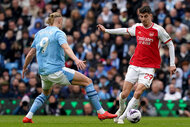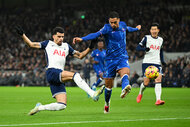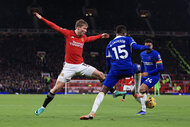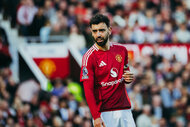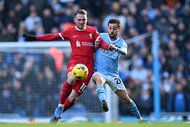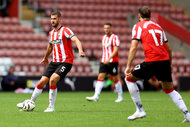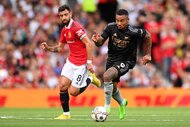Right vs. Left: Why A Premier League Striker’s Footedness Matters
Subtle differences in the way a left-footed player like Liverpool's Mohamed Salah plays can make a big impact.
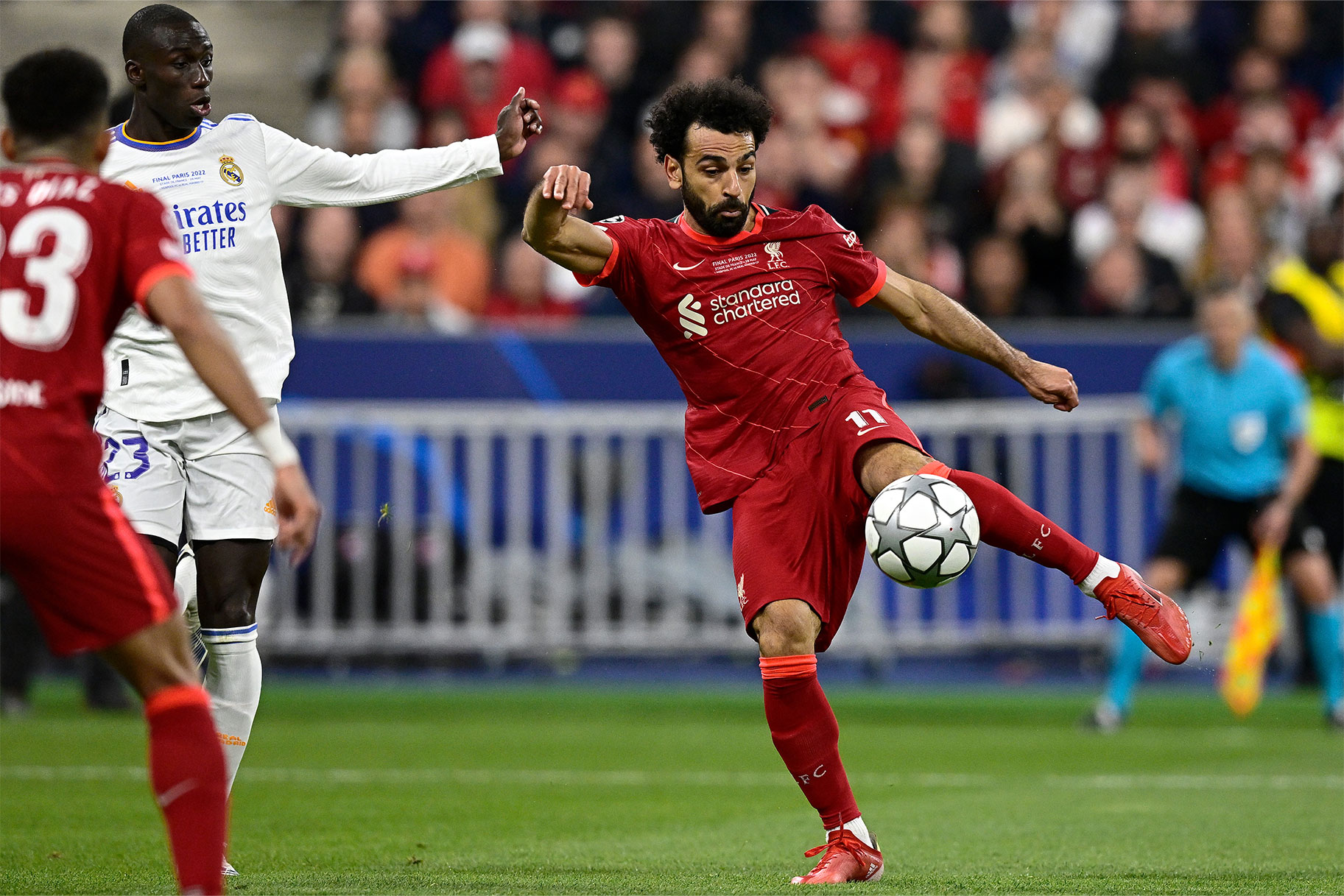
When it comes to sports, the human body is an incredible machine. Within nanoseconds, the brains of elite athletes process a host of physiological stimuli, prioritize what’s being processed and execute a physical response. Whether that’s slipping a rush on a bootleg pass, crushing a solo homer or ripping a nasty curler inside the goal post, agility and neural connectivity go hand in hand.
This ability to harness, organize and adapt to a flood of signal impulses is referred to as neuroplasticity in sports, and no matter how much you slay the weight room, all those Skullcrushers and Zercher squats mean squat compared to the speed at which your brain’s cerebellum reacts to and processes the stimuli at hand.
Scientifically speaking, this means different things for right-handed and left-handed athletes, and in some cases, provides an advantage over the competition. The fact that roughly 10 percent of the population is left-handed profoundly impacts most games, exploiting the potential for disparity. In baseball, “platoon splits” refers to the fact that righty hitters perform better against lefty pitchers, and lefty hitters do better against righty pitchers. Lefty pitchers are so valuable because lefty hitters empirically do worse against lefty pitchers than righty hitters do against righty pitchers. In football, on the contrary, left-handed quarterbacks are at a disadvantage because game plans are typically designed around righty QB’s. This means left tackles typically own the title as the best pass protectors as they’re usually the ones protecting the QB’s blindside, making their right lateral movement instinctually easier than that of their left . Furthermore, lefty QB’s put a unique spin on the ball, forcing receivers to adjust differently than they do to righties. Considering soccer is played with the feet, how does being left-side or right-side dominant affect the game and translate into one group having an advantage over the other? While numbers never lie, the answer is far more complex than you might think.
Related:
Goooaaalll! Who Are The Smart Picks To Win The 2023 Premiere League Golden Boot?
Footy Fortunes: The Richest Contracts In The English Premier League
For the 2018-2019 Premier League season, StatsBomb calculated approximately 870 passes, and 66 percent of those stemmed from the right foot of a player pool that was 75 percent right-foot dominant. Furthermore, every EPL squad except for Wolverhampton completed more right-footed passes than the left in the final 30 minutes of match play. While the analysis seems innocuous enough, it’s tantamount to saying that when the game’s on the line and players on both sides are gassed, players instinctually turn to their naturally stronger foot. This means that, in a league where so many players are predominately right-footed, a true lefty could literally sway the outcome of a game single-footedly.
Think of it this way: Lionel Messi, arguably the greatest footballer on Earth, is a lefty. Despite checking every box from speed, stamina, striking power and field vision, part of his magic lies in who’s defending him – most likely a right-footed defender. Because most soccer players are right-footed, keeping in line with the general population, this means that when it comes to defensive strategy, they’ve trained a majority of their life against right-footed strikers. The same can be said for the left-footed striker, but with a twist: that lefty forward will be intrinsically more adept at challenging a right-footed defender or goalie than they will be at stopping him. From a proximity perspective, left-footed strikers’ strongest foot is furthest away from the defender. So while it’s decidedly easier for right-footed defenders to gauge a right-footed forward’s attack and push that player to the outside, a lefty striker like Messi will comfortably work the opposition’s flank and look to swing a pass into the box. If given too much daylight, left-footed strikers can maneuver inside for a shot or draw in the help defense before setting up a trailing midfielder.
The Premier League has a rich history of cultivating elite, left-footed strikers, in turn, elevating the quality of play in the league while also making it more entertaining for fans to watch. Some notable past left-footed players include Robin van Persie, David Silva, Robbie Fowler and Gareth Bale while a current group of attacking talent includes Patrick Bamford, Riyad Mahrez, Mason Greenwood, and, of course, the Egyptian pitch wizard, Mohamed Salah. Noting that Salah’s already a three-time Golden Boot winner and seeks this season to tie Thierry Henry’s record of four awards, the proof may be in the foot, not the pudding.
Watch Premier League coverage on USA Network, featuring Premier League Mornings, select matches, and Premier League Goal Zone (check listings for games/schedule). And catch up on all the action on Peacock.

